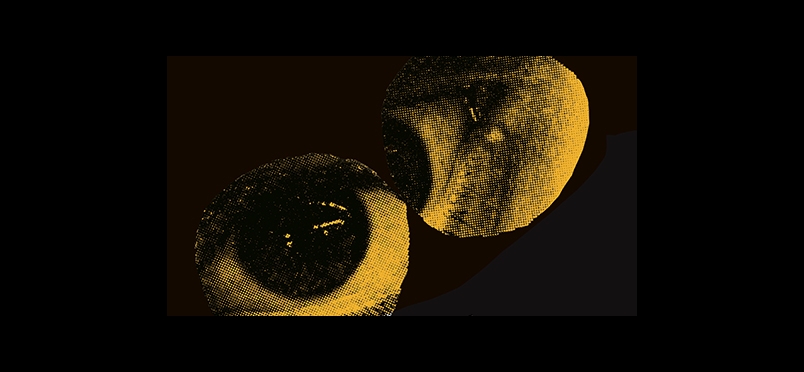| research/study
Turn Up the Voltage to Relieve Dry Eye Pain?

Research Identifies Role of Bioelectric Response in Maintenance of Eye Fluid Balance
Insights from new research on rat models may inform future advances in the treatment of the painful condition commonly known as dry eye. The condition results from an imbalance in the makeup of eye fluid called hyperosmolarity, or excessive salt and insufficient water. Prolonged hyperosmolarity provokes inflammation and can lead to irreversible cell damage. The process by which the eye surface responds to fluid imbalance in dry eye has been poorly understood, but the new findings suggest it may be related to bioelectric responses in goblet cells, present in the mucous membranes that line the inner eyelids. These cells release mucin, a protein that impedes the evaporation of tears and maintains the salt/water balance of eye fluid. The research was published earlier this week online ahead of print in the American Journal of Physiology—Cell Physiology.
In rat models of dry eye, the University of Michigan research team found that hyperosmolarity produces an increase in electrical activity in the goblet cells, inducing the production of mucin. But the electrical spike is of short duration, and if hyperosmolarity persists, the cell voltage level returns to normal without the release of additional mucin. From the study abstract: “Loss of this voltage increase during long-term dryness/hyperosmolarity may account for the clinical conundrum that goblet cells in chronically dry eyes can remain filled with mucin even though the tear film is hyperosmotic and mucin-deficient.” Lead author Donald Puro, MD, PhD, commented, “Continued progress in elucidating the bioelectric mechanisms by which the ocular surface responds to dryness [and] hyperosmolarity should provide novel strategies for [improving] the uncomfortable sight-impairing condition of dry eye.”
Read a news story about the research findings.
The journal abstract may be read here.
Did you enjoy this article?
Subscribe to the PAINWeek Newsletter
and get our latest articles and more direct to your inbox
